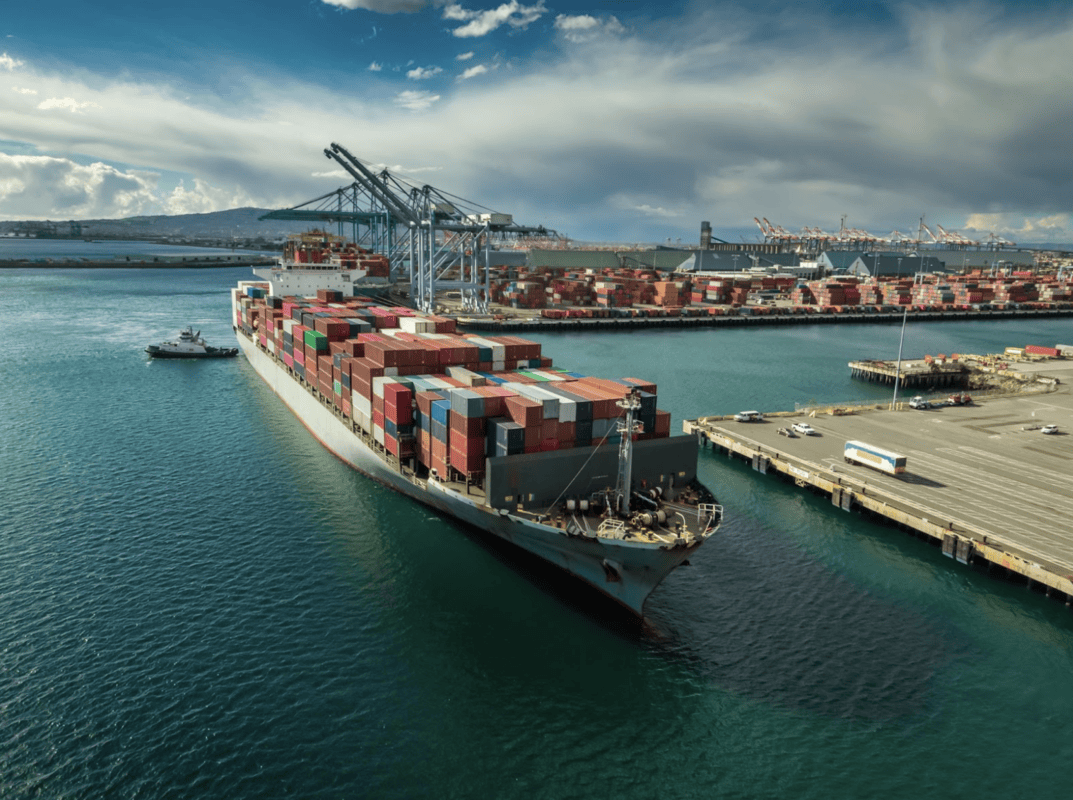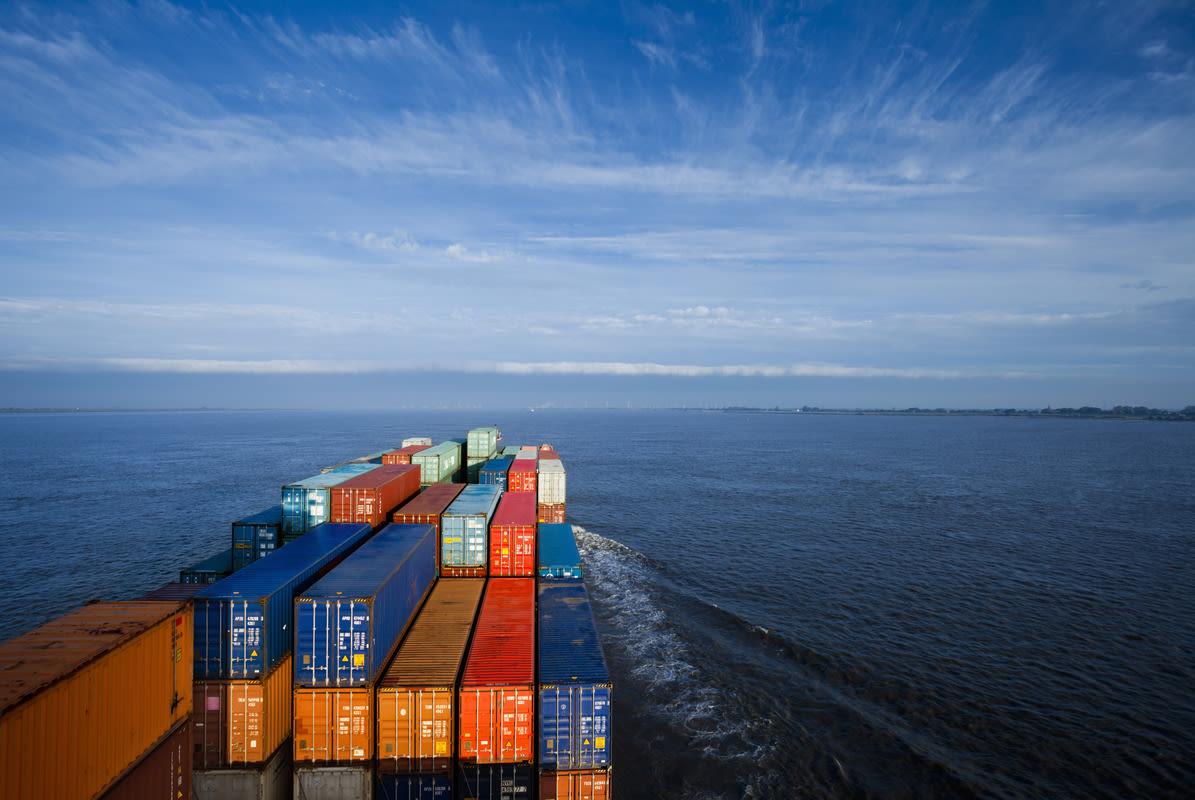
October 24, 2024
Predicting Accurate and Reliable Ocean Freight Transit Times
Tags:

October 24, 2024
In 2021, the Ever Given blockage at the Suez Canal delayed nearly $10 billion in trade each day. More recently, disruptions in the Red Sea added an average of 16 days to transit times for vessels diverting from the Suez Canal. And just a few weeks ago, shippers navigated the short-lived ILA strike, which—had it lasted longer—could have resulted in severe backlogs.
Clearly, moving freight across land, sea, and air can get complicated. When your business depends on on-time delivery, how do you determine which shipment method is right for you? How soon should you begin the process?
Transit time—or how long it takes for cargo to get from its origin to its final destination—can vary widely, and change at a moment’s notice. According to Sea Intelligence’s latest Global Liner Performance (GLP) report, global schedule reliability among ocean carriers has ranged between 50% and 55% this year—markedly lower than pre-pandemic levels. This makes it difficult to plan your supply chain lead times based on announced schedules.
Today, shippers need accurate transit time data to plan inventory, product launches, and sales and marketing campaigns. With reliable predictions at hand, businesses can also minimize replanning costs, stockouts, and other hurdles.
The right partner provides predictions shippers can trust. In the event of a disruption or change, your logistics partner should not only ensure that their predictions reflect the new context, but also provide up-to-date guidance to help you optimally manage the evolving situation.
How Flexport Predicts Ocean Freight Transit Time
At Flexport, we use advanced machine learning models to predict ocean transit times, with a combination of historical and carrier-advertised transit time data as part of our training data set. The model also includes fixed adjustments for the inland origin or destination. This dual-layered strategy—advanced algorithmic predictions, followed by expert human oversight—ensures reliable estimates and streamlined ocean freight tracking.
We then present both carrier-advertised transit times and Flexport's estimates to educate our clients, build trust, and provide valuable context for overcoming transit time objections.
The following is a representation of how we represent both Flexport’s estimated transit times and carrier-advertised transit times:

Ocean Transit Time in Action
Our methodology proved invaluable during the recent Panama Canal and Red Sea disruptions. At the Panama Canal, a decrease in water levels resulted in reduced vessel capacity, while attacks on vessels passing through the Suez Canal forced vessel operators to “pause” all sailings and reroute cargo around the Cape of Good Hope. These developments increased transit times for ocean freight containers on Transpacific Eastbound routes to the East Coast and Gulf, Transatlantic Westbound routes to the West Coast, and along the Far East lanes to and from Europe.
During any disruption, we continuously monitor ongoing developments and make further adjustments to transit times as necessary. For example, to address prolonged transit times when vessels stopped passing through the Suez Canal, we added buffers to transit time estimates. We also modified our model to ensure far more frequent updates to estimated transit times, as we saw increased variability due to port congestion and vessel delays.
Unfortunately, even machines cannot predict the precise impact of this level of disruption—but today, the machine is much smarter. As of August 2024, Flexport’s transit time predictions on the Transpacific Eastbound trade lane yielded 75% on-time performance (OTP) in a market environment showing 53% schedule reliability.
Schedule Reliability, 2023 Onwards (Transpacific Eastbound)

Source: Flexport data & Sea Intelligence’s GLP report
Flexport regularly reviews our estimation process, ensuring our methodologies yield accurate calculations and adjust to industry-driven changes. In a rapidly evolving supply chain landscape, new technologies are abundant—as are the ripple effects of unpredictable disruptions. Along the way, it’s important that we maintain the highest accuracy possible and serve as a source of trust for our customers.
About the Author

October 24, 2024




